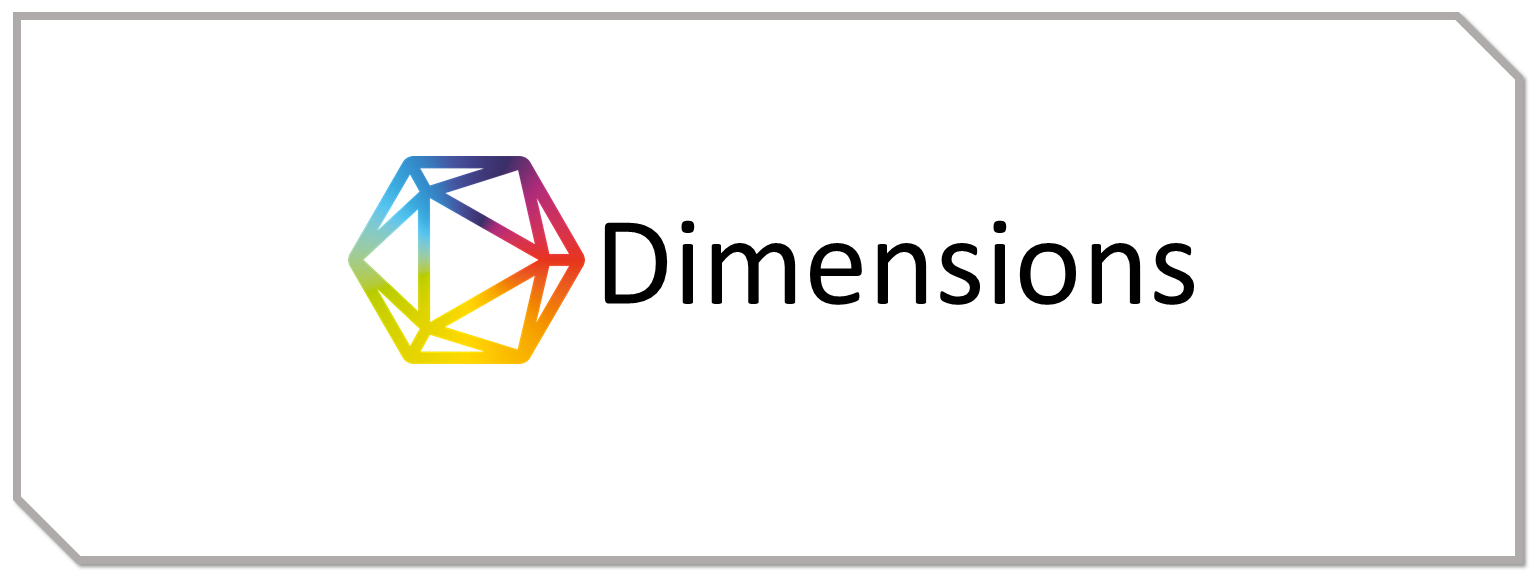A Qualitative Review Of Game Theory Models In Market Transactions
DOI:
https://doi.org/10.70142/ijbge.v1i4.255Keywords:
Game Theory, Market Transactions, Agent Matching, Market Competition, System DesignAbstract
This study is a qualitative review of game theory models in market transactions, focusing on the dynamics of matching between agents with diverse preferences. By examining various recent literatures, this research identifies two competition regimes in the market related to connectivity levels, namely "weak competition" and "strong competition." In weak competition, the outcomes tend to be more evenly distributed among agents, whereas in strong competition, there is significant unfairness between sides of the market. This study emphasizes the importance of effective matching system design to enhance agent welfare. The findings also indicate that understanding agent preferences and stakeholder participation in system design are crucial for creating fair and efficient markets. Although this research provides important insights into market interactions, several limitations should be noted, including the lack of representation of external factors and specific market contexts. Therefore, further research that combines quantitative and qualitative approaches is needed to gain a deeper understanding of market dynamics.
References
Abdulkadiroğlu, A., Agarwal, N., & Pathak, P. A. (2017). The welfare effects of coordinated assignment: Evidence from the New York City high school match. American Economic Review, 107(12), 3635–3689.
Arnosti, N. (2023). Lottery design for school choice. Management Science, 69(1), 244–259.
Ashlagi, I., & Nikzad, A. (2020). What matters in school choice tie-breaking? How competition guides design. Journal of Economic Theory, 190, 105120.
Ashlagi, I., Kanoria, Y., & Leshno, J. D. (2017). Unbalanced random matching markets: The stark effect of competition. Journal of Political Economy, 125(1), 69–98.
Cai, L., & Thomas, C. (2019). The short-side advantage in random matching markets. Preprint, submitted October 10. Retrieved from https://arxiv.org/abs/1910.04406
Che, Y. K., & Tercieux, O. (2019). Efficiency and stability in large matching markets. Journal of Political Economy, 127(5), 2301–2342.
Chetty, R. (2009). Sufficient statistics for welfare analysis: A bridge between structural and reduced-form methods. Annual Review of Economics, 1(1), 451–488.
Gale, D., & Shapley, L. S. (1962). College admissions and the stability of marriage. American Mathematical Monthly, 69(1), 9–15.
Hitsch, G. J., Hortaçsu, A., & Ariely, D. (2010). Matching and sorting in online dating. American Economic Review, 100(1), 130–163.
Kanoria, Y., Min, S., & Qian, P. (2024). The competition for partners in matching markets. Management Science, 0(0). https://doi.org/10.1287/mnsc.2023.00064
Kojima, F., & Pathak, P. A. (2009). Incentives and stability in large two-sided matching markets. American Economic Review, 99(3), 608–627.
Lee, S., & Niederle, M. (2015). Propose with a rose? Signaling in Internet dating markets. Experimental Economics, 18(4), 731–755.
Menzel, K. (2015). Large matching markets as two-sided demand systems. Econometrica, 83(3), 897–941.
Rheingans-Yoo, R. (2024). Large random matching markets with localized preference structures can exhibit large cores. Games and Economic Behavior, 144, 71–83.
Rios, I., Larroucau, T., Parra, G., & Cominetti, R. (2021). Improving the Chilean college admissions system. Operations Research, 69(4), 1186–1205.
Roth, A. E., & Sotomayor, M. A. O. (1990). Two-sided matching: A study in game-theoretic modeling and analysis (Vol. 18). Cambridge University Press.
















